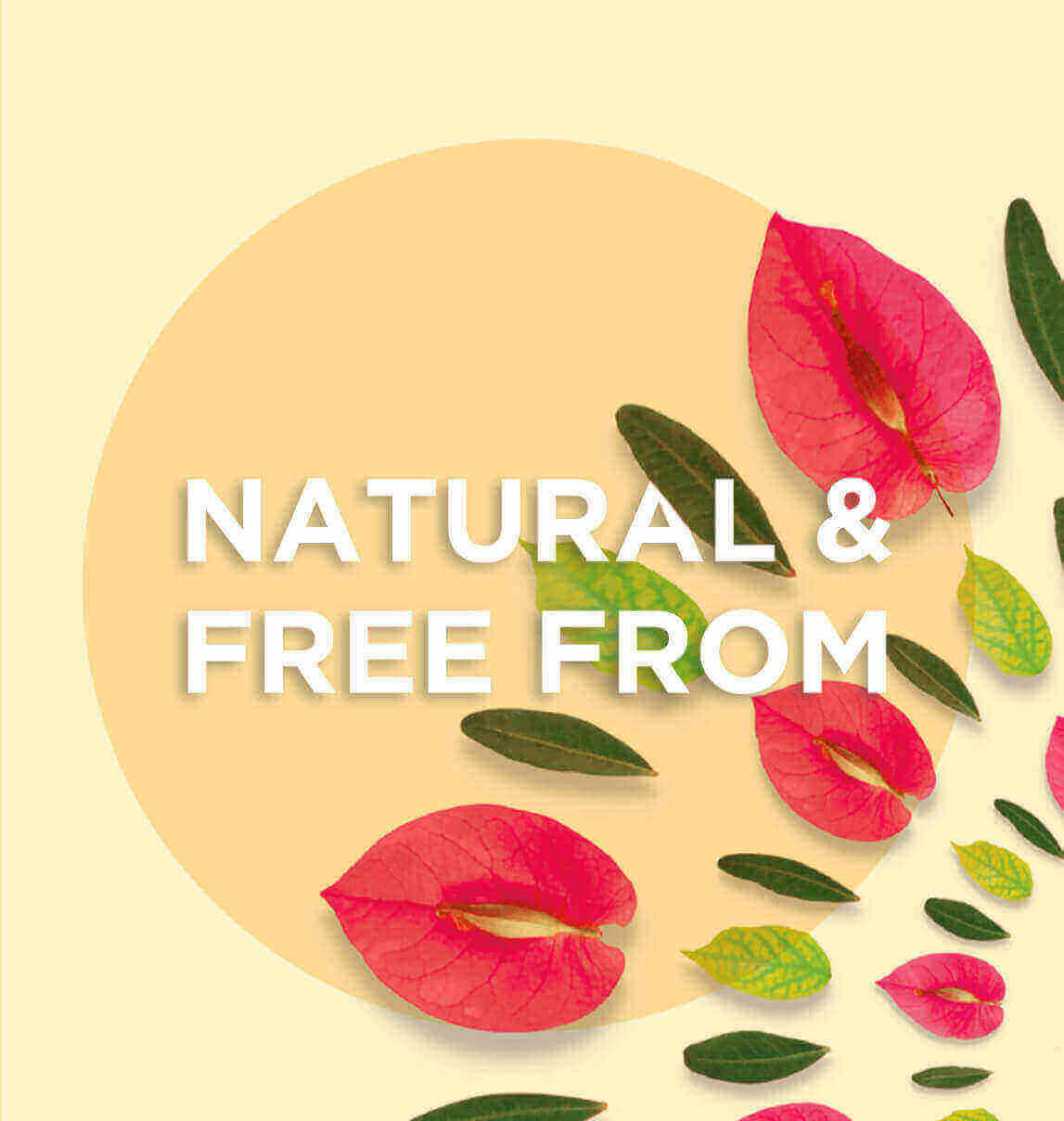Certain fruits and vegetables, dietary supplements and even beauty products are often boasted about for containing high levels of antioxidants, but what really are these mysterious molecules and how do they function?
Article written by Ariane Monnami, nutritionist with degrees in Micro-nutrition and Neuronutrition.
What does ‘antioxidant’ mean?
‘Antioxidant’ simply means something which is able to ‘fight against oxidisation’, just like ‘anti-inflammatory’ signifies something able to ‘fight against inflammation’.
What is oxidisation?
Oxidisation is a chemical reaction which occurs when certain molecules interact with oxygen.
In everyday life, this could be things such as:
•Iron oxidisation causing rust
•Copper oxidisation resulting in a greenish-greyish colour
•Fatty acid oxidisation causing rancidity, easily identifiable as the unpleasant smell developed by fatty foods when incorrectly stored
The role of free radicals
A free radical is an uncharged molecule that is missing an electron and is therefore highly reactive and unstable.
In order to become stabilised, the free radical tries to ‘steal’ an electron from neighbouring molecules, which in turn become free radicals themselves. This then leads to a full-on chain-reaction.
Free radicals are formed naturally, at the same time as energy is created in our cells.
This energy is created when Mitochondria, the ‘powerhouses’ of our cells, burn both fat and sugar. This combustion then leads to oxidisation and the production of by-products – free radicals.
However, these free radicals are not simply waste products, they are also important for the following:
- Strengthening the immune system
- Enabling communication between cells
- Destroying cancerous cells
- Supporting the entry of spermatozoids into the ovum.
Oxidative Stress
Despite all of these fine-tunings, things don’t always go right…
- The sources of free radicals can be too great – intense effort, inflammation, tobacco, alcohol, pollution, medicine…
- The production of antioxidants in our body is insufficient.
Too many free radicals can provoke what is called ‘oxidative stress’, responsible for the damaging of our cells in various different ways:
- Oxidisation of cellular membranes
- DNA mutations
- Protein oxidisation, modifying both their shape and function
Free radicals and oxidative stress can therefore cause a variety of diseases such as cancer, cardiovascular and neurodegenerative diseases. It can also accelerate our aging process, causing patchy and blemished skin.
Antioxidants: the antidote for free radicals
In order to defend ourselves against free radicals in the environment and to avoid chain-reaction oxidisation, our body uses a variety of antioxidants. These molecules are particularly effective in ‘trapping’ the free radicals.
Some of these antioxidants are vitamins and minerals coming from our diet and others are those produced by our body and specific to our needs.
Antioxidants found in our diet
Antioxidants are found mainly in fruits and vegetables, especially those with bright and vibrant colours.
Polyphenols and flavonoids
These pigments determine the colour of the plant/vegetable – it is therefore important to choose high-quality, organic varieties in order to be able to consume them with their skins.
However polyphenols aren’t simply there to make our food look pretty! Nor are they there to simply give us our daily portion of antioxidants… Most importantly, they are there to defend plants, fruits and vegetables against stress and attacks.
The polyphenol found in grape skin, resveratrol, is a common example and what gives red wine its various health benefits – the famous ‘French Paradox’!
Carotenoids
For example Beta-carotene, which gives both carrots and new-borns their particular colour.
Vitamin C
Vitamin C can be found in fruits, in particularly citrus fruits and kiwis. If you’d like to read a bit more about Vitamin C in particular, have a look back at the article ‘Vitamin C and fatigue’.
Vitamin E
Vitamin E is present in wheat germand wholegrain cereals. It is particularly effective in protecting omega-3 and omega-6 fatty acids against oxidisation.
Antioxidants produced by our bodies
These mainly include unattractive sounding enzymes such as catalase, superoxide dismutase (SOD) and glutathione peroxidase. These enzymes can ‘detoxify’ the free radicals by transforming them into less dangerous molecules.
Although these enzymes are produced by our bodies, they nevertheless require the presence of trace elementssuch as zinc, copper, manganese, iron and selenium. Our diet should therefore provide us with a good source of these trace elements and if not, dietary supplements should be considered.





